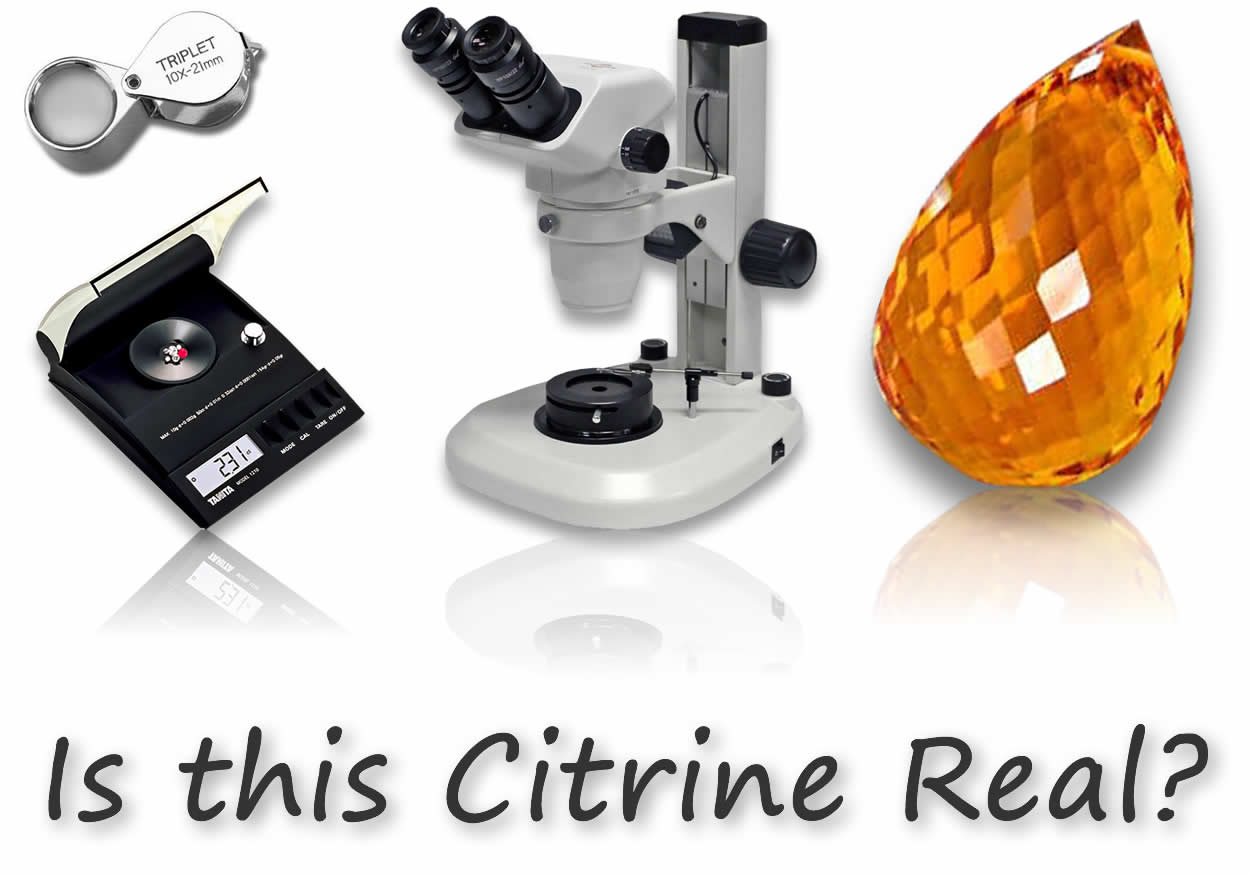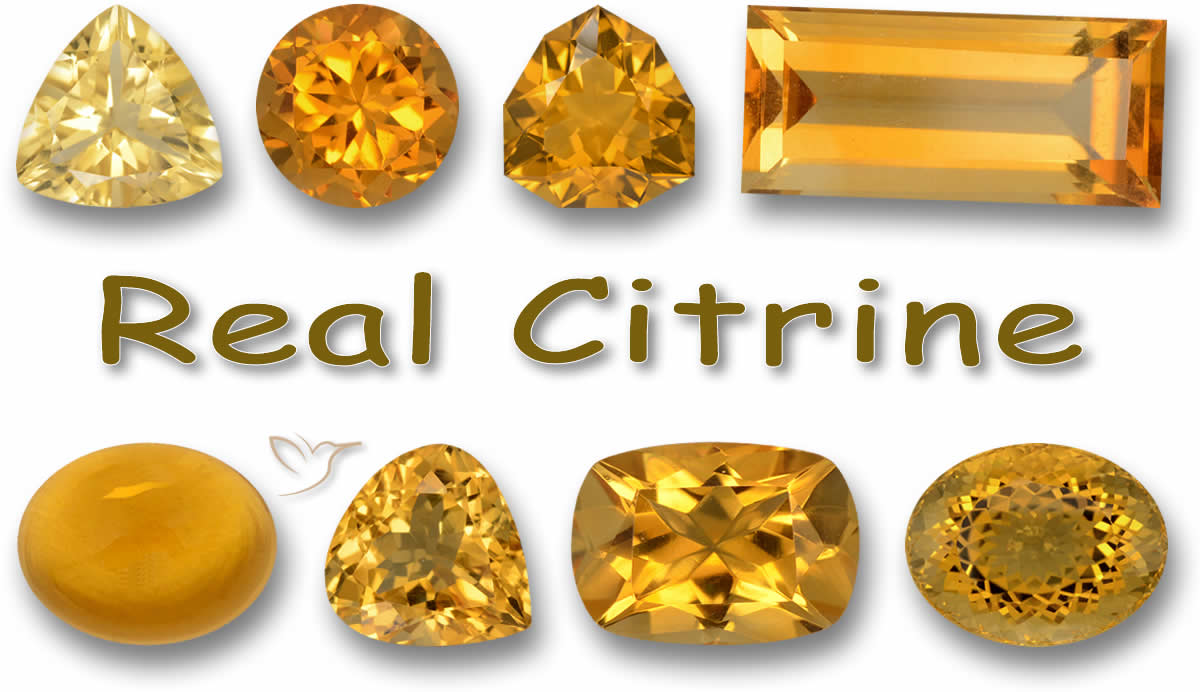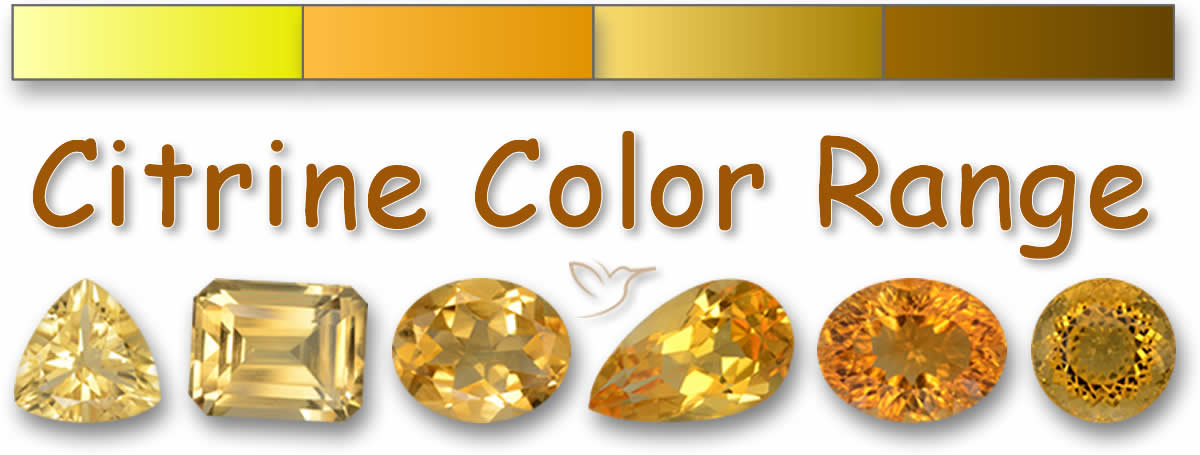How Can I Tell If My Citrine Is Real? A Comprehensive Guide

Citrine, with its warm, golden-yellow tones, is a popular gemstone often associated with positivity, abundance, and vitality. But with so many options out there, how do you distinguish real citrine from fake or treated stones? Whether you're eyeing a new purchase or checking one you already have, knowing the signs of genuine citrine ensures you get what you pay for. We'll walk you through key traits, from color and clarity to easy tests you can try. This knowledge will help you spot authentic citrine and steer clear of knockoffs.
Key Takeaways
- Citrine is a popular and beautiful gemstone known for its vibrant yellow to golden hues.
- Identifying genuine citrine requires understanding its unique properties and characteristics.
- Fake or treated citrine can be difficult to distinguish, but there are telltale signs to look for.
- Professional gemological testing and simple at-home techniques can help confirm the authenticity of your citrine.
- Distinguishing real citrine from imitations like glass is important to ensure you're getting the genuine article.
What Is Citrine and Its Significance
Citrine is a beautiful and versatile gemstone that has been prized for centuries. As part of the quartz mineral family, it's recognized for its vibrant yellow to golden hues, resulting from iron impurities in the quartz crystal structure. This gem holds a rich history and symbolic meaning that has made it treasured worldwide.
Citrine's Rich History and Symbolism
The name "citrine" comes from the French word "citrin," meaning "lemon-colored." This ties into its sunny shades, linking it to warmth, optimism, and clarity. Over time, citrine has been seen as a stone that boosts the spirit and encourages positive energy.
Evidence shows citrine in jewelry and decor from ancient Greek and Roman times. During the Middle Ages, it was thought to hold powerful healing properties, used in amulets to protect against evil spirits and negative energy. Note: Claims about healing or spiritual properties of gemstones like citrine are based on historical and cultural beliefs and are not supported by modern scientific evidence.
Citrine's Unique Properties and Characteristics
Beyond its color, citrine stands out for its transparency and clarity. True citrine is a pure quartz form with minimal inclusions, leading to impressive brilliance. It's also durable, scoring 7-8 on the Mohs hardness scale, making it suitable for jewelry as it's resistant to scratches and damage compared to softer stones. For more details on this gemstone, check out our comprehensive citrine information guide.
Characteristics of Genuine Citrine
To spot genuine citrine, focus on its key traits. Real citrine features vibrant color variations and high transparency and clarity. Let's break this down a bit.
Color and Hue Variations in Real Citrine
Authentic citrine shows natural yellow to golden shades, from light lemon to rich amber. These variations come from iron in the crystal. Color intensity depends on iron levels, growth patterns, and heat exposure during formation.

Transparency and Clarity of Authentic Citrine
Real citrine is highly transparent and clear, unlike stones with many flaws. This allows light to flow through, creating that signature sparkle. By checking these - color range and clear quality - you can better identify true citrine from fakes.
What Does 'Fake' Citrine Look Like?
Not all citrine is the real deal - imitations and treated stones are common. Fake citrine often mimics the look but misses the natural traits. Glass versions, for example, have a uniform, less organic appearance. They might match in color but lack the depth and variations of genuine citrine.
To avoid these, get familiar with real citrine's features like color shifts, clarity, and inclusions. Spotting what fake citrine looks like helps you choose authentic pieces that truly capture the gem's beauty and worth. If you're planning to buy, our detailed citrine buying guide can help you make informed choices.
Differentiating Real Citrine from Imitations
Telling real citrine from fakes or treated versions can be tricky, but techniques like visual checks and refractive index exams make it possible. These methods give you solid ways to verify your stone.
Visual Inspection for Authenticity
A close look is a great start. Real citrine has natural colors from pale yellow to gold, without obvious flaws signaling synthetics. It should be transparent, letting light pass freely - imitations like glass or treated amethyst might look cloudy.
Examining the Refractive Index
Refractive index measures light bending in the stone, unique to each mineral. Citrine's specific range helps separate it from fakes. Use a refractometer or see a gemologist to compare values and confirm authenticity.
Real Citrine vs. Glass
Glass is a frequent citrine mimic, copying its hues but not its essence. Examining traits like refractive index and inclusions helps tell them apart. Real citrine has a higher refractive index than glass, testable with tools.
Identifying Glass Imitations
Glass often looks too perfect and uniform, without natural variations. It misses the brilliance of citrine.
Distinguishing Citrine's Natural Inclusions
Genuine citrine may have subtle inclusions like bubbles or minerals from formation - hard to fake in glass. Spotting these differences ensures you recognize real citrine over imitations.

Real Citrine vs. Heat-Treated Amethyst
Citrine and amethyst are essentially the same quartz mineral, differing mainly in color - one yellow, one purple. Natural citrine is rarer, but lower-quality amethyst can be heated to turn yellow, creating treated citrine. This process often results in a more reddish or orange tint compared to the softer yellows of natural citrine.
To tell them apart, look for color distribution: heat-treated stones might show uneven coloring or white bases, while natural citrine has a more consistent hue. Professional testing can confirm if heat treatment was used.
How Can I Tell If My Citrine Is Real?
Wondering about your citrine? There are reliable ways to check, from expert tests to DIY methods. We'll cover both so you can decide what's best.
Professional Gemological Testing Methods
For precision, visit a gemologist. They use tools like X-ray fluorescence, Raman spectroscopy, and more to analyze composition and spot fakes or treatments accurately.
At-Home Tests for Citrine Authenticity
At home, inspect for color, clarity, and inclusions. Test hardness or refractive index basically too. These aren't foolproof but offer clues - if in doubt, go pro. Combining approaches gives you a clear picture of your citrine's true nature. To understand its potential value once authenticated, explore how much citrine is worth today.
Frequently Asked Questions
What is citrine and its significance?
Citrine is a beautiful and versatile gemstone that has been prized for centuries. Belonging to the quartz mineral family, citrine is known for its vibrant yellow to golden hues, which are caused by the presence of iron impurities within the quartz crystal structure. Citrine has a rich history and cultural significance, often being associated with the sun, creativity, and prosperity.
What are the characteristics of genuine citrine?
Authentic citrine is known for its vibrant, natural color variations, ranging from pale yellow to deep golden hues. Genuine citrine also exhibits high levels of transparency and clarity, with few visible inclusions or flaws.
What does 'fake' citrine look like?
While genuine citrine is a beautiful and sought-after gemstone, there are also many imitations and treated stones on the market that can be difficult to distinguish from the real thing. Fake citrine may have an unnatural, uniform color or a slightly dull, glassy appearance.
How can I differentiate real citrine from imitations?
To distinguish real citrine from imitations or treated stones, you can use various techniques, such as visual inspection, examining the refractive index, and checking for natural inclusions. Professional gemological testing can also help confirm the authenticity of your citrine.
How does real citrine differ from glass?
One common imitation of citrine is glass, which can be designed to closely resemble the natural gemstone. However, real citrine can be distinguished from glass by its natural inclusions, higher refractive index, and overall durability.
What are the differences between real citrine and heat-treated amethyst?
Citrine and Amethyst to all intents and purposes is the same thing the only difference being one is yellow and one is purple. Natural citrine is rarer but poor quality amethyst can be heat treated to produce yellow citrine.
How can I confirm the authenticity of my citrine?
If you're unsure whether your citrine is genuine or not, you can use professional gemological testing methods or simple at-home techniques to determine its authenticity. This may involve examining the stone's refractive index, observing its natural inclusions, or consulting with a qualified gemologist.

